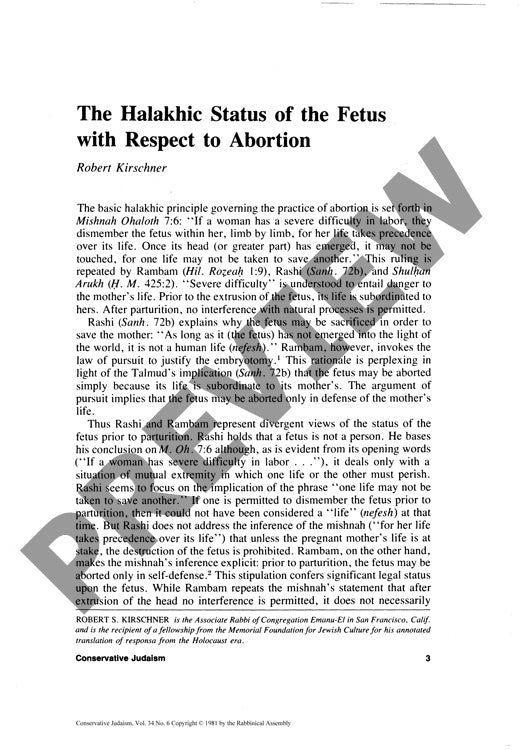The Halakhic Status of the Fetus with Re
Couldn't load pickup availability
The legal status of a fetus in Jewish law has profound implications for contemporary abortion debates, yet rabbinic sources reveal complex and sometimes contradictory positions on embryonic personhood. Through analysis of Mishnaic, Talmudic, and post-Talmudic literature, divergent rabbinic interpretations emerge: Rashi notably rejected fetal personhood (nefesh) before birth, while Rambam's application of pursuit law suggested stronger protections. The widely referenced principle "cubbar yerekh imo hu" (the embryo is a limb of its mother) proves inconsistent across halakhic sources and inadequate for resolving abortion questions. Numerous texts grant the embryo significant independent legal standing "for purposes beneficial to it," including inheritance rights, ritual obligations, and guardianship protections. Building on Tosafot's comparison of the fetus to a goses beyedei adam (one dying by human action), a developmental framework emerges: embryos lack legal status before 41 days; from 41 days to 27 weeks (viability), abortion is prohibited but not a capital crime; after 27 weeks, embryotomy becomes a capital offense except when maternal life is threatened. While therapeutic abortion may be permitted for serious maternal health concerns, the substantial legal status granted to embryos in halakhic sources argues against permissive abortion practices and supports more stringent criteria for therapeutic intervention.

More Information
-
Physical Description
-
Publication Information
Published 1981
ISBN
-
Publication Credits
Robert Kirschner

